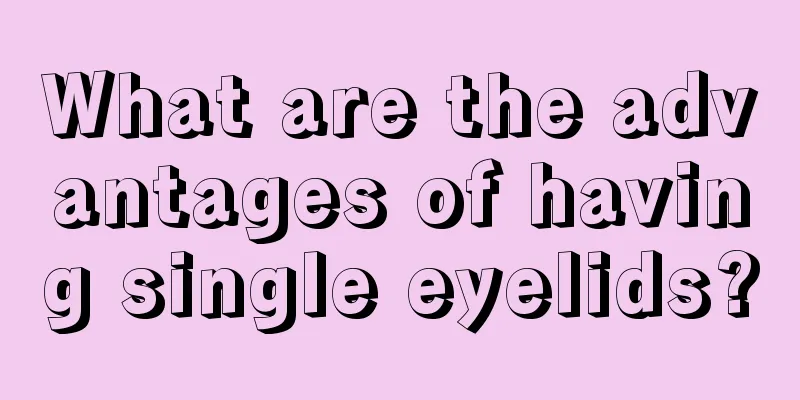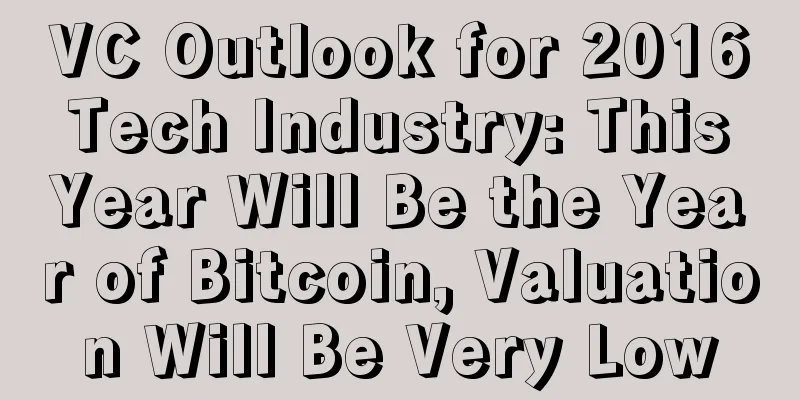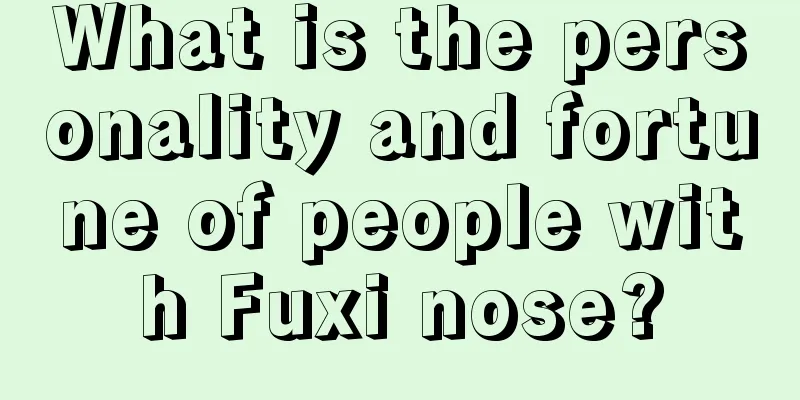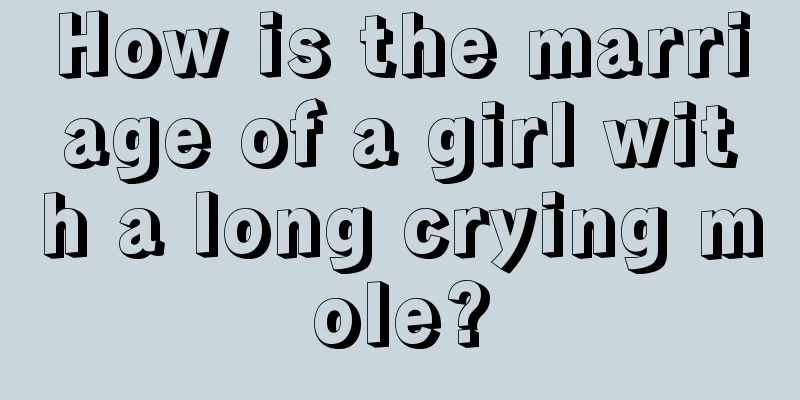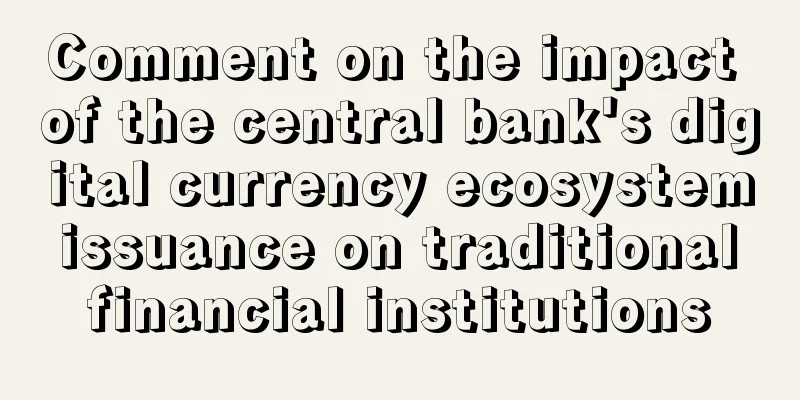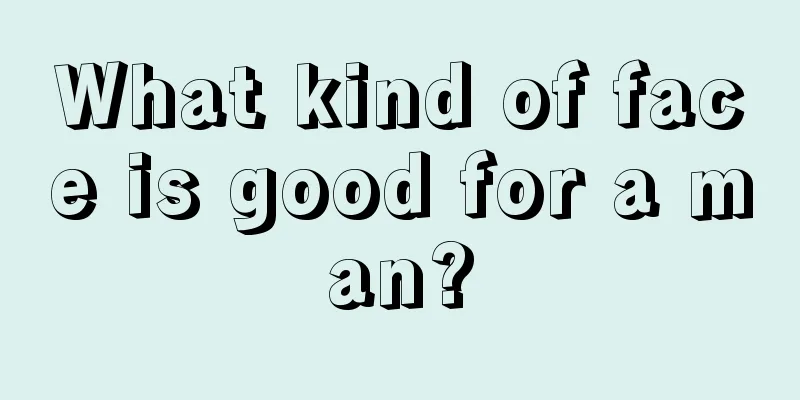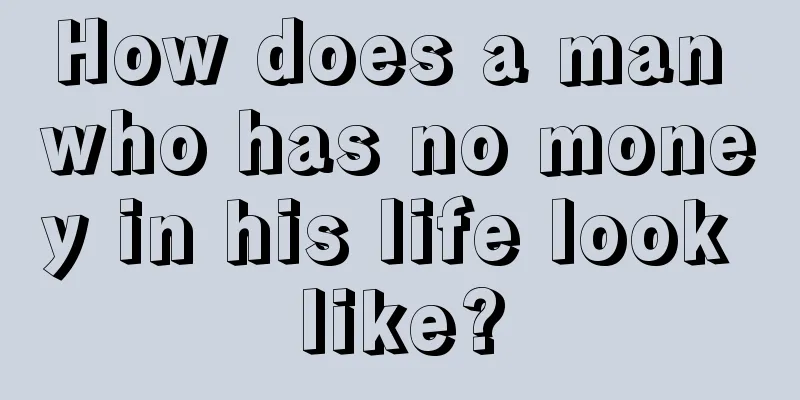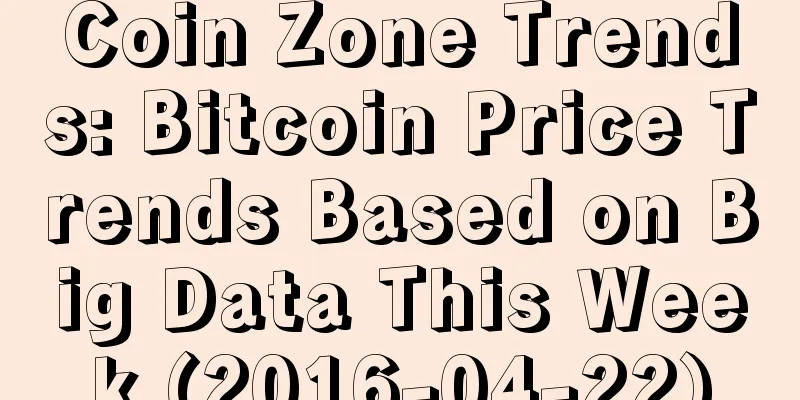What is Web3 and why should you care?
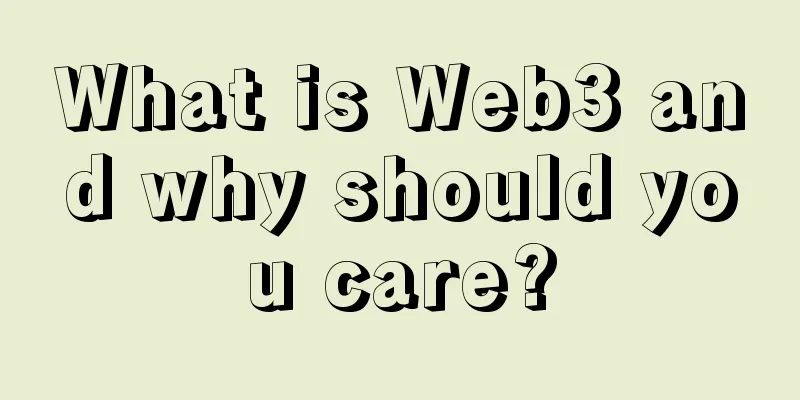
|
Written by: mischa Editor: South Wind When I started my career, "Web 2.0" was the hot new thing. The "2.0" in the term Web2.0 captures a few things: blogs, rounded corners on buttons and input fields, online media sharing... But what really distinguishes Web2.0 from "Web1.0" is user-generated content . In the "1.0" era, if you wanted to publish content on a web page, you basically needed to upload an HTML file to a server connected to the Internet, and if you were a webmaster, maybe some CSS or JS. This was not a user-friendly process, and certainly not accessible to the average person. The idea of user-generated content is that a website can allow users to enter content and then save it for anyone to see. This was originally used to enable blogs like LiveJournal and Moveable Type, and later social platforms like MySpace, Facebook, Twitter, and wordpress.com, where people still do essentially the same thing. No longer do users have to manually edit files and upload them to a server. You can even leave a comment on this post! While this concept may seem mundane to us now, it turned the web into an interactive medium where anyone with an internet connection and a cheap computer could publish content to anyone else on the planet. It was a major game changer, for better or worse. If you had asked anyone who had any idea about this stuff what Web 2.0 could build, most people would probably have said “Blogs, I guess?” Few people had imagined YouTube with billions of users, or grandparents sharing genocide memes on Facebook, or dance videos on TikTok. There was a time when the concept of letting regular people publish stuff on the internet was so new, and it was impossible to foresee what applications would be built with it, or the terrible dangers it posed, that it was like opening the gates of hell. Web3 The term “Web3” is used to refer to a similar paradigm shift that is underway. Before I dive into Web3, I want to talk about the cryptocurrency hype. Cryptocurrencies attract a lot of people, many of whom are attracted by the narrative of getting rich without doing any work. This entire cryptocurrency ecosystem is a distraction , although some of the speculation is based on the fact that some organization or product may (or may not) have actual value and profitable utility now or at some point in the future. This article is not about cryptocurrencies, but about their underlying technologies, which can support a host of new technologies and services that were not possible before . What is driving the Web3 world? What is underneath it all? With blockchain technology, a whole new set of primitives for building applications is becoming available. I think the key relevant elements are: cryptographic identity , artificial scarcity , and global execution and state . I will explain this in detail, although it is not easy to explain these concepts in detail in simple language, so I will skip a lot of content. 1. Encrypted identity (Cryptographic identity): In the world of Web3, your identity consists of what is called a "keypair", also known as a wallet . The only condition that allows you to control your own identity (and your wallet) is that you actually or virtually hold the " private key " in the key pair. If you hold the private key, you can prove to anyone that you have the "public key " associated with it, which is your wallet address . What does this mean? In the Web3 world, your identity is your public key, which is your wallet address . This creates a variety of possibilities, because only you (the holder of the private key) can prove that you own the identity. Here are some examples:
Above: Bob uses Alice's public key to encrypt the message "Hello Alice", which Alice can then decrypt and read using her private key. There are endless other possibilities for encrypted identities, and of course there are new pitfalls that can lead to a lot of misfortune. The most obvious is that people can easily lose their private keys. It is therefore crucial to back up your private keys, such as writing down your mnemonic on a piece of paper and putting it in a safe. You can imagine many despairing headline-grabbing articles about people who lost their life savings due to computer crashes. Of course, just as we can use banks today so that we don’t have to hide our money under the mattress, some trusted (or scam) institutions that provide customer support and backup will pop up to serve ordinary people and keep their private keys. 2. Artificial scarcity : This aspect is probably the most familiar to us now. Blockchain technology has brought various ways to limit the minting and quantity of digital assets. For example, there will only be 21 million bitcoins in existence; if your private key proves that you own a wallet that holds some bitcoins, then you can turn it into a beautiful house or a Lamborghini. NFTs (Non-fungible tokens) make it possible to own unique assets. We are just beginning to touch the practical applications of this technology, and it is hard to predict what it will bring. For example, if you want to give away tickets to an event, but there are only 100 places available, you can now use digital NFTs to do this and allow people to trade; or resell the ownership of the digital movie, video game, or artwork you purchased. Perhaps community members need to hold a certain number of tokens to become members of the DAO group, the DAO organization Friends with Benefits is a notable example. If there is only a limited number of FWB tokens, this means that these tokens will have value. For those who already hold the token but are dissatisfied with the membership, they can sell their tokens to those who are more eager to become members. As the reputation of the organization grows and is joined by better participants, the value of the token will also increase. Since the members of this DAO organization are holders of the token, it is in their common interest to increase the value provided by the organization to its members. In this way, a virtuous cycle can be formed. Governance issues can be decided based on the number of tokens a person holds, because people with more tokens have a greater stake in the project. Or if you want to handle things in a more fair way, you can also govern without the number of coins held. Competition between different organizational structures is a good thing. Understanding this concept is critical, and so powerful. This technology enables new forms of organization and governance. The combination of artificial scarcity, smart contracts, and verifiable identity is a super recipe for new ways to organize and coordinate people around the world . No one knows the perfect system for every type of organization yet, but there will be countless experiments in the coming years. No technology has more potential power than coordinating the actions of people towards a common goal. Just look at nation states or corporations to see how they have changed the world, for good and for bad. Currently, these tools and procedures are still in their infancy. Of course, technology does not solve all the problems of managing an organization, there are still necessary human layers and interactions, etc. However, some procedures that have so far relied on a reliable and fair legal system to achieve corporate management and ownership can now be partially handled by smart contracts (such as voting, making proposals, controlling access, etc.). But in theory, investment, membership and participation can be extended to anyone in the world with a smartphone, rather than being limited to the borders of a country or a few elites who own these things and can use the legal system. Any group of like-minded people on the planet can come together, raise money like ConstitutionDAO, and run and govern themselves as they see fit. Maybe it’s a commercial enterprise, a cooperative, a nonprofit, a micro-nation, an art studio, or a variety of new organizations we haven’t seen before. I can’t predict what form this will take, but we’re already seeing the emergence of many DAOs with billions of dollars in assets under management (see the DAO dashboard below), and we’re still very, very early on. This is what I’m most interested in. Image source: deepdao.io To give you a more prominent example: Gitcoin, a successful non-profit DAO dedicated to funding open source development work, recently chose to invest a portion of its GTC tokens into a new DAO it wants to help launch, the Developer DAO. The investment proposal, open to everyone and voted on by Gitcoin DAO members, proposes to exchange the tokens of the newly created Developer DAO for 50,000 GTC, worth $680,000 at the time of writing. Developer DAO plans to act as an incubator, using these GTCs and other funds raised to fund new Web3 projects, helping engineers develop their Web3 skills for free. Developer DAO can invest its own native tokens in these new projects and exchange its tokens for similar proportions of token ownership in the new projects. In this way, each organization can invest a portion of itself into new projects, denominated in its own native token, while also serving as a portion of ownership. This is like a company investing its own shares in new businesses without liquidation (liquidity can be provided through Uniswap's liquidity pool). In this case, we are talking about an organic combination of non-profit and for-profit businesses that allocate risk, investment capital, and governance to each other, and anyone in the world can participate with little friction. 3. Global Execution and Status (global execution and state): Now we have virtual machines around the world, virtual computers that anyone can operate, such as the Ethereum Virtual Machine (EVM), whose entire history, operation, and usage details are public. These virtual computers can be programmed with any logic, and these programs can be uploaded and executed by anyone (for a fee), such as the large number of DeFi (decentralized finance) applications that are currently emerging. Today, such programs are often called smart contracts , although this is just one possible use of the tool. What will people build with this technology? At this early stage, it is impossible to predict, just as it was difficult to imagine what smartphones would look like when the PC (personal computer) revolution began. Above: Blockchain is a globally shared, distributed transaction database These virtual machines are distributed around the world, making them extremely resilient and decentralized. No one person or company "owns" Ethereum, although there is a DAO organization that coordinates the standards of the virtual machine and related protocols. When this DAO organization adopts new proposals, individual software writers update their respective Ethereum network implementations to make changes and upgrades. This is a voluntary process, but it works surprisingly well, and it is not unlike the IETF (Internet Engineering Task Force) that has managed the set of proposals and standards for the Internet for decades. Ethereum Virtual Machine It is also worth mentioning that zero-knowledge proofs (ZK proofs) can enable privacy, such as anonymous transactions and messaging. Of course, this can certainly be used for nefarious purposes, but they also open up the possibility of free exchange of information and fighting tyranny. Regardless, these will be technologies that society will need to deal with. Web Development History Why should you care about Web3? I had only recently started paying attention to Web3, about a month ago. When I decided to take a peek at what was happening in the Web3 space, I discovered a whole new world. There were a lot of engineers who had already realized the potential of this space, not to mention many of the smartest investors and technologists. The excitement was palpable, and the energy of the community was inspiring. I joined Developer DAO, a new community of people who just wanted to build cool stuff together and help others learn how to program with this new technology. As with all paradigm shifts, some old-school engineers will scoff and dismiss the new craze as a silly fad, just as some once pooh-poohed the PC, saying its power and specialized hardware could never match that of mainframes, others once pooh-poohed graphical interfaces as being for the weak, others like Oracle CEO Larry Ellison slammed cloud computing, and others, including myself, said the iPhone looked like a stupid idea. The early days of Web3 were all about cryptocurrencies and blockchain (L1) solutions. This wasn’t something that non-technical people or anyone could fully utilize, as there were almost no interfaces to interact with it. But at the stage we are currently in, development tools and additional abstraction layers (L2) are starting to become standardized and accessible, and it is only now becoming possible to build Web3 applications with user interfaces. Soon, we will see new types of applications emerge to enable new types of communities, organizations, identities, and more that no one has thought of yet. Of course, there will also be countless scams, just like the crash after the first dot-com bubble. My advice is to ignore the side events and distractions, focus on the technology, tools, and community, and see what creative and world-changing things people build with Web3. |
Recommend
Hashrate Market Weekly Report (2020.12.19-2020.12.25)
"Come and hash it, and mine it and speculate...
The fortune revealed in the eyes
Eyes are the windows to the soul. Whether a perso...
Bitcoin miners earn over $1 billion in January
According to The Block, Bitcoin miners earned mor...
What kind of women are the most attractive and can charm men?
Who doesn’t want to be loved by everyone, especia...
Palmistry analysis: does a woman with a broken right palm mean she will be rich and powerful?
Many people know about the broken palm. Many cele...
How to read a man's forehead
Usually when we look at a person, the first thing...
Can digital RMB bypass SWIFT in the future?
Recently, the Ukraine-Russia war that has attract...
Palmistry of a man who is not short of money
In today's society, having money may not be e...
Is it okay if only the thumb has a crescent?
What is the white patch on the fingernails called...
Which hand should be read in palmistry?
When people study palmistry, the first question t...
How to tell if your partner is wealthy
On the road to making money, we all urgently need...
A short marriage line in palmistry means that you have no passion in getting along with the opposite sex.
What does a short marriage line in palmistry mean...
Is it good or bad for a boy to have a girly look? What's his fortune like?
In life, many people do not look favorably upon b...
Coin Zone Trends: Bitcoin Price Trends Based on Big Data This Week (2017-01-10)
Data tends to be bullish, so a medium-term positi...
What kind of facial features do women with good relationships with the opposite sex have? Which women are super attractive?
Everyone's destiny is different, and it doesn...
